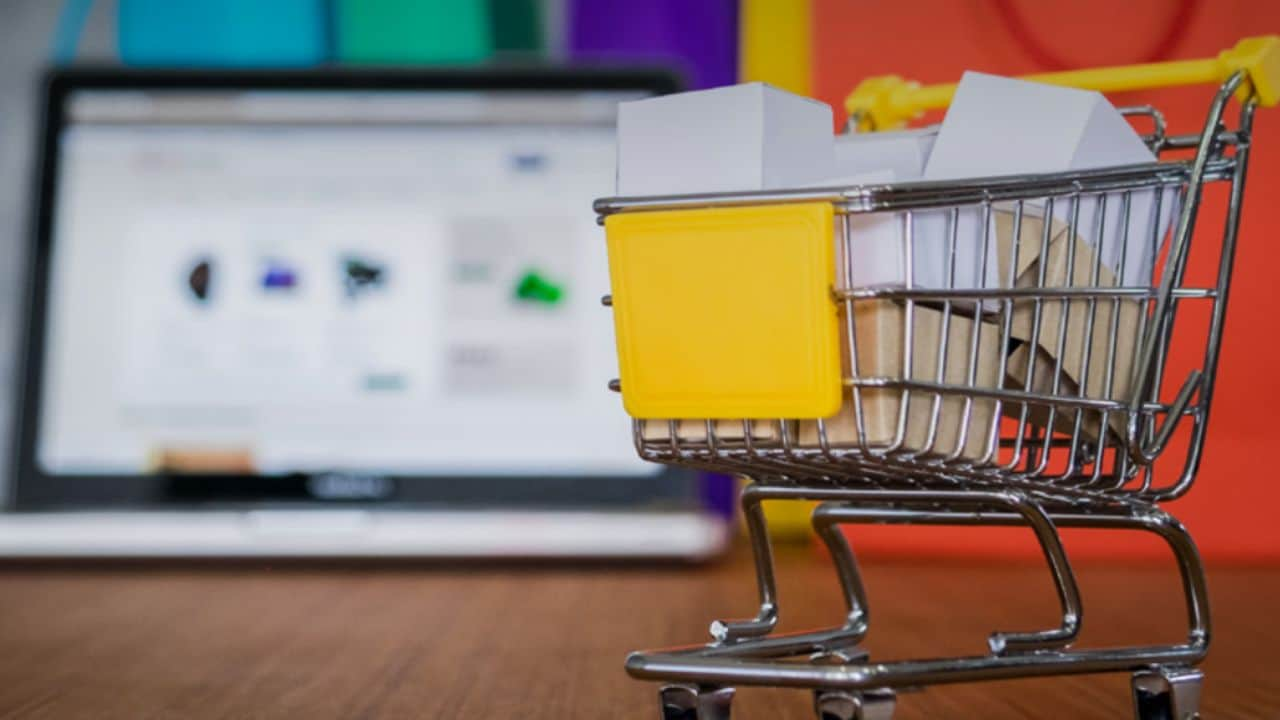Meta released two key trends that are transforming the online shopping landscape in India – the rise of Quick Commerce and the acceleration of online shopping in tier-2 and tier-3 towns of the country. The two studies highlight how personalized recommendations and discovery, creators, and messaging are making it easier for people to shop online, and especially through Quick Commerce platforms.
Arun Srinivas, Director and Head (India), Ads Business, Meta said, “As we exit 2024, the two key trends that stand out in the e-commerce space are around the rise of Quick Commerce and the continued acceleration of online shopping in tier-2 and tier-3 markets. The studies underscore how AI-powered personalization and discovery, creators, and messaging are enabling the quick commerce and online shopping platforms to be more easily discoverable and accessible to consumers enabling brands to create more seamless, engaging, and impactful shopping experiences that cater to the consumers’ evolving preferences.”
The Meta commissioned GWI Study on Quick Commerce was conducted with 2500+ internet users between 16 and 64 years of age across India.
9 out of 10 respondents said they are aware of Quick Commerce Services, and half have used it in the last week indicating how Quick Commerce Services have become an integral part of consumers’ everyday lives.
While grocery and personal care products naturally have the highest association with Quick Commerce Services, there is an increasing adoption of more niche categories such as hair care, skincare, and health and wellness.
As a new and emerging vertical, Meta offers an unparalleled reach for Quick Commerce brands with 86% respondents saying that they discover new Quick Commerce brands or products via Meta platforms, which is enabled and powered by AI. The study also showed that Meta platforms drive higher conversion rates, having the highest click-through and purchase rates across its channels.
Influencers are playing a pivotal role in consumer decision-making, particularly in boosting brand visibility and driving favourable perceptions. More than a third of respondents have discovered new brands/products through influencers/creators, and 30% have purchased a product recommended by an influencer.
The study also showed that GenZ is leading the adoption of quick commerce with 87% of Gen Z respondents saying that they have discovered new products or brands via Meta platforms. Gen Z is also leading adoption of niche categories such as sportswear, wellness, and pet supplies.
The Meta-commissioned ‘E-Commerce Purchase Journey Study in Tier-2 and Tier-3’ was done with 2,182 internet users living in tier 2/tier 3 cities and captures online shopping trends from these towns.
The study shows that:
Fashion, food and beauty and mobiles are the top categories purchased online in tier-2 and tier-3 towns. But even for categories such as jewellery and accessories, large electronics, home furnishings, online and offline purchases are now at par.
Social media is the top channel for shoppers to find new products or brands. 68% of respondents from tier-2 and tier-3 cities say that they have discovered and found out about products via social media. Among those who have discovered products on social media, 59% said they have discovered them through Reels and 57% through influencers.
55% have used messaging platforms to purchase a product in the last 12 months. 95% have used WhatsApp and 77% have used it in their purchase journey.
Among influencer followers, 46% say that watching the influencer promote the product and comparing different products influence them to make that purchase
With the consumer behaviour in tier-2 and tier-3 markets shifting, it’s now a fertile ground for Quick Commerce to proliferate these geographies in a big way in 2025.
